Introduction
Have you ever wandered through a park or your own backyard and considered that a secret pantry of edible delights surrounds you? Many plants that sport unnoticed culinary potential thrive just beyond our kitchen windows. Not only can foraging for these plants be a fun exploration, but incorporating them into our diet may also unveil a host of nutritional and culinary benefits.
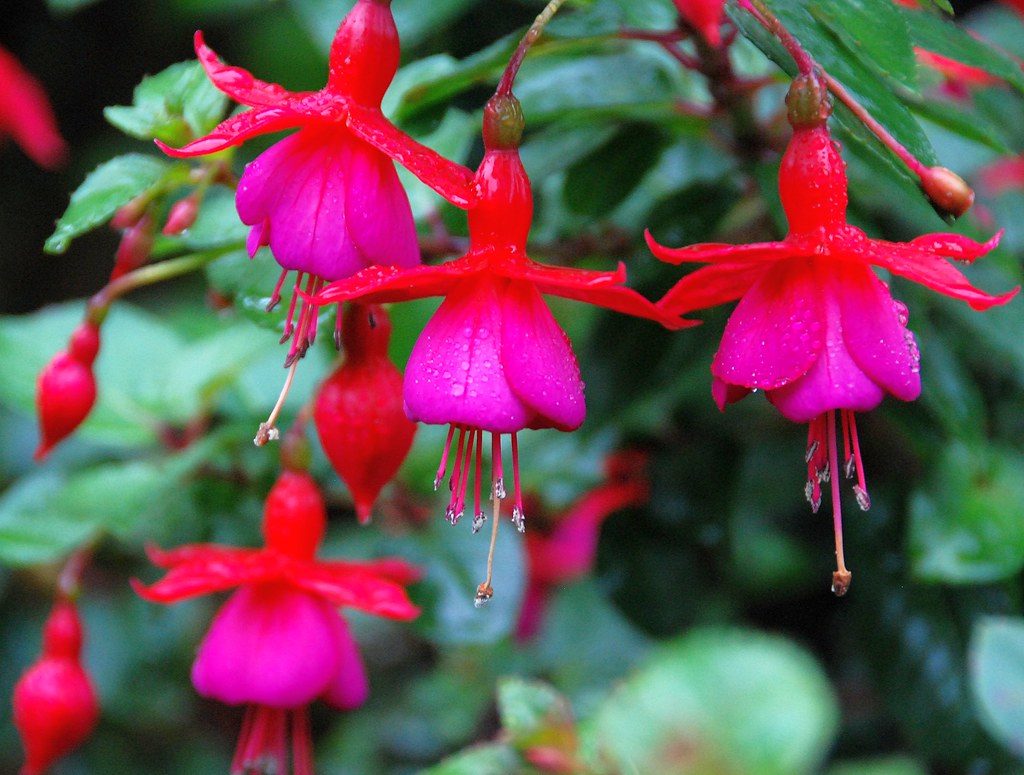
The striking fuchsia blooms not only add a splash of color to the garden but also offer edible flowers with a slightly acidic flavor.
Wild Onion (Allium bisceptrum)
Description and Habitat
The Wild Onion, or Allium bisceptrum, graces many North American landscapes with its slender leaves and globular pink flowers. Preferring sunny spots with well-drained soil, this plant imbues meadows and prairies with a hint of piquancy akin to its cultivated relatives1.
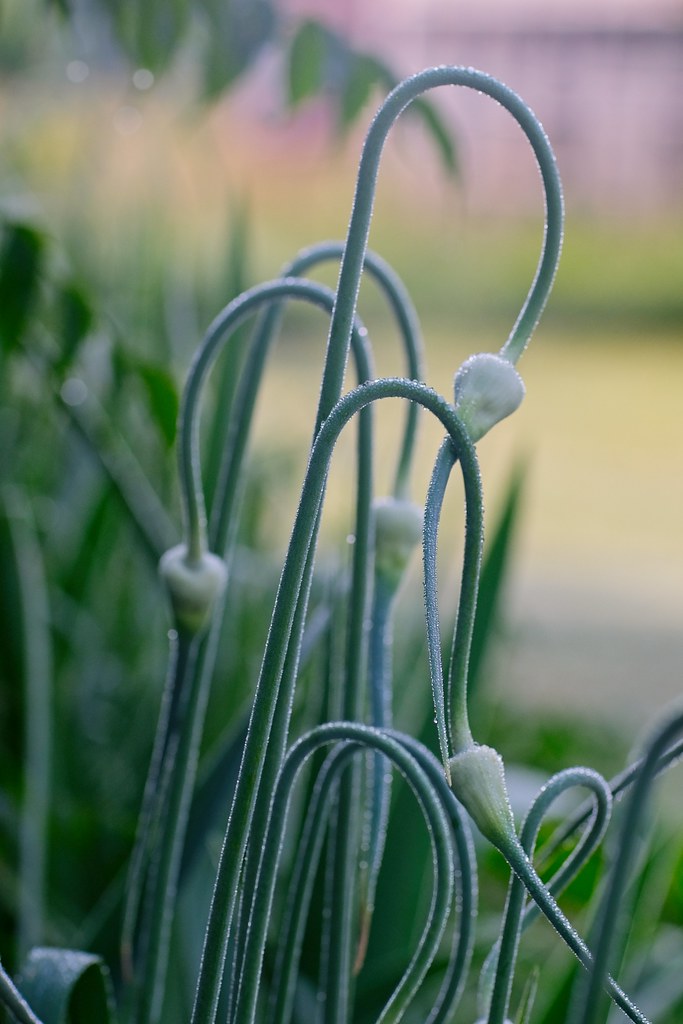
Curled wild onion stalks, covered in morning dew, showcase an edible plant often overlooked in the wild.
How to Identify and Where to Find It
Look for hollow, tube-shaped leaves and a distinctive onion smell when bruised or cut. Clusters of star-shaped flowers perched upon a single stem are dead giveaways come blooming season.
Culinary Uses
Both bulbs and leaves can contribute a fresh, spicy zip to your dishes. Toss them into soups, salads, or stir-fries as an aromatic twist to your favorite recipes.
Common Burdock (Arctium minus)
Overview of the Plant and Its Misunderstood Nature
Common Burdock is notorious for its clingy burs, but don’t overlook its culinary qualities. With broad leaves and a tall stature, this roadside regular harbors a secret stash of edibles from root to flower2.
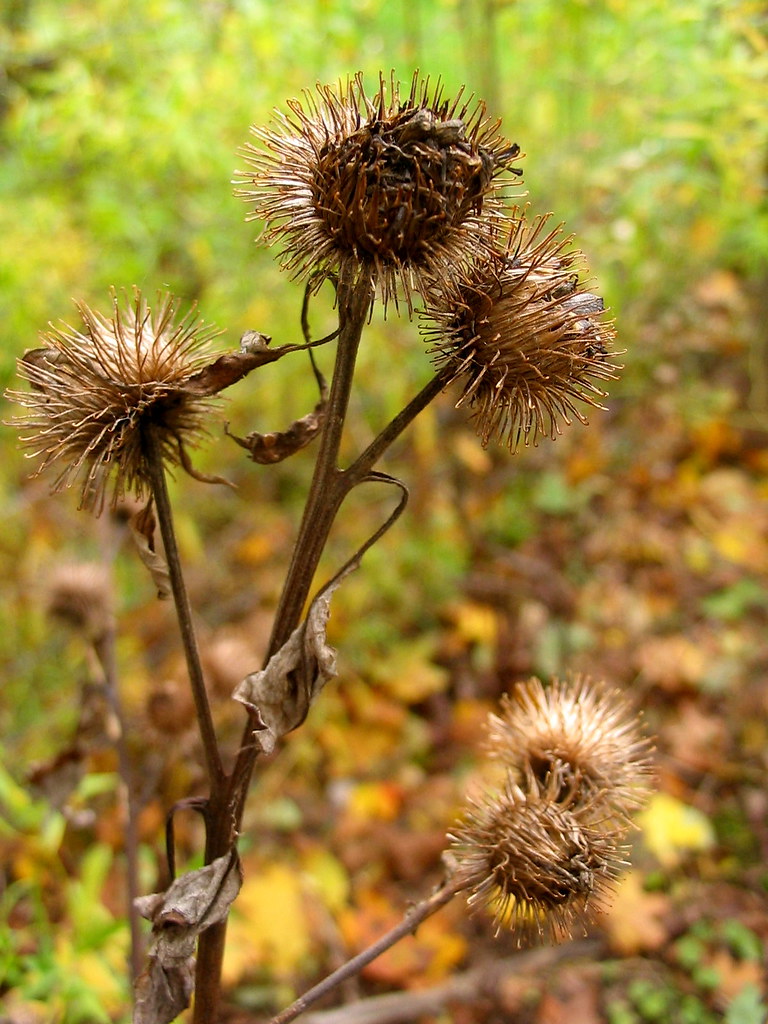
The burdock plant, with its distinctive burs, is not only a natural velcro but also an edible wild plant with a root that can be cooked and eaten.
Tips for Harvesting and Preparation
Harvest the taproot of young plants in early spring or late fall, and peel before eating. Young leaves are less bitter and can be boiled, while flower stalks should be consumed before flowering starts.
Suggested Recipes or Uses in Cooking
Burdock root can star in a crunchy stir-fry or be pickled for a tangy treat. Flower stems are great boiled and dipped in butter, resembling artichokes.
Common Milkweed (Asclepias syriaca)
Introduction to Its Toxicity and Culinary Potential
Common Milkweed is a paradox, both toxic and delectable. When prepared correctly, the young shoots, leaves, and pods become a savory addition to your plate. Plus, you’ll be supporting the vital habitat of monarch butterflies1.
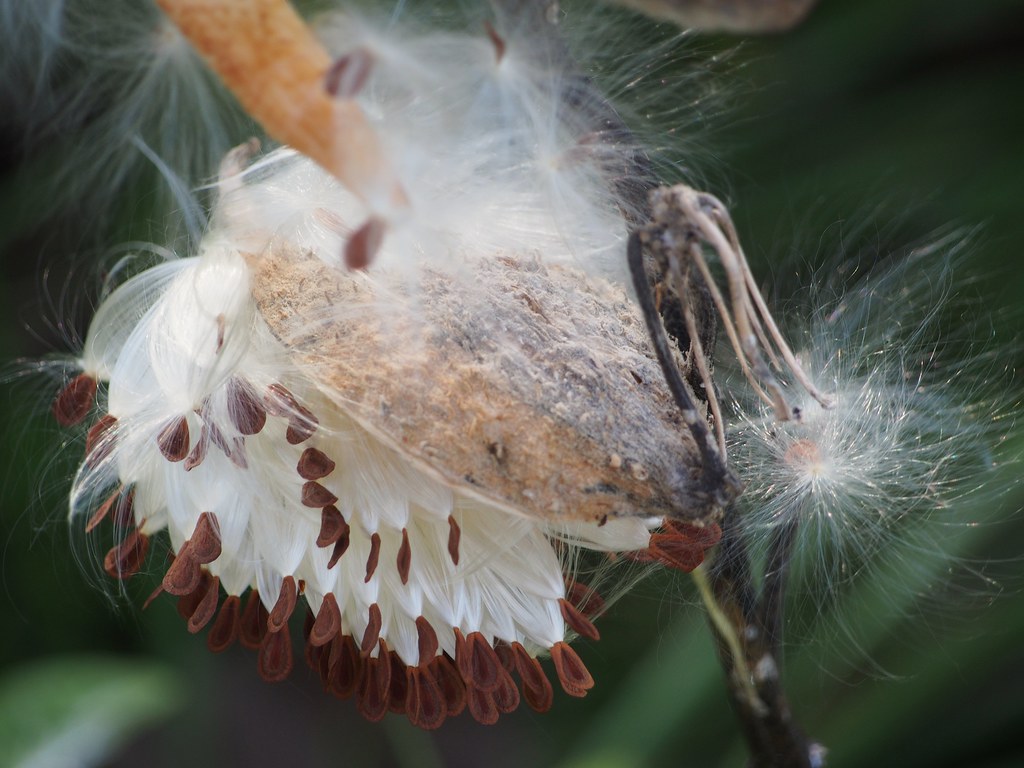
The image displays milkweed seeds dispersing in the wind, a plant whose young shoots, leaves, and pods can unexpectedly enrich a forager's meal.
Instruction on Safe Preparation Methods
Boiling the parts in multiple changes of water can reduce their toxicity. Always harvest when young and tender, as older parts contain more of the toxic compounds.
Dishes That Could Be Enhanced with Milkweed
Imagine milkweed shoots as a stand-in for asparagus or the silky pods folded into a quiche. Each offers a surprising, delicate flavor that elevates simple dishes.
White Oak (Quercus alba)
Significance of Acorns as a Food Source
Don’t ignore the mighty oak’s tiny treasure – the acorn. This staple food of indigenous societies can enrich our modern diets after some simple processing. White Oak acorns are known for being less bitter, ideal for the novice forager2.
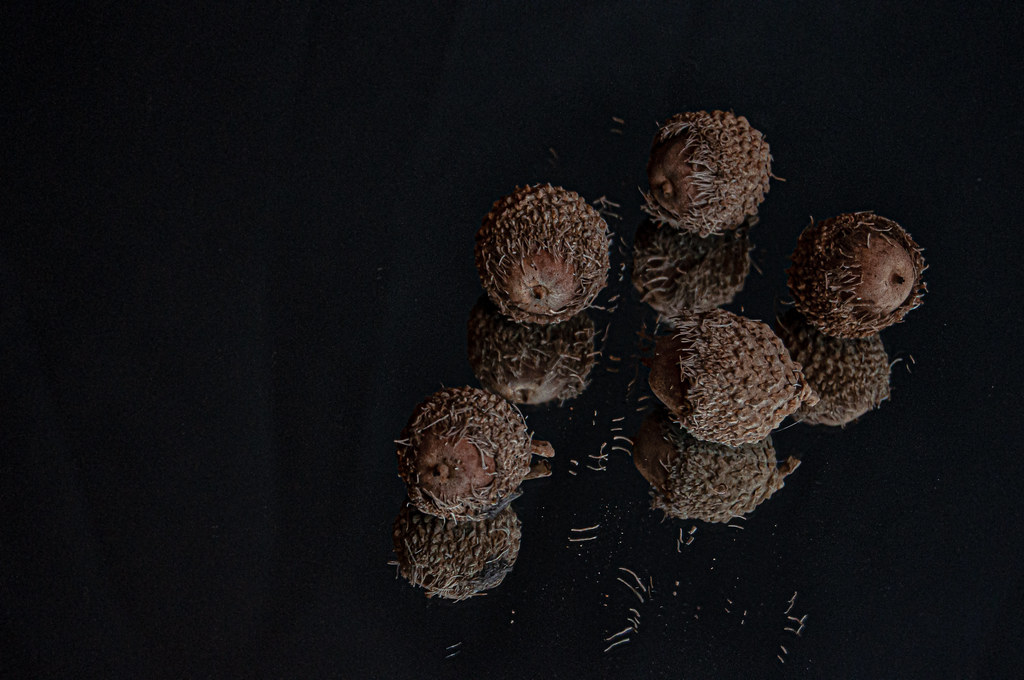
White Oak Acorns, with their textured caps and smooth nuts, are not only a staple for forest wildlife but also an overlooked edible for adventurous foragers.
Process of Leaching Tannins from Acorns
Shell the nuts, and then leach the tannins by boiling or soaking them in several changes of water. Once the bitterness is gone, you’re left with a versatile foodstuff.
Ideas for Culinary Applications
From acorn flour pancakes to a crunchy addition to granola, these nuts embody sustainability and a rich, earthy taste. Try them roasted for a snack on the go.
Red Oak (Quercus rubra)
Comparing Red Oak to Other Oak Species
Red Oak acorns have a distinct bitterness compared to the White Oak, but fear not; with patience and proper treatment, they transform into a hearty food option. This species’ acorns are larger, making the effort even more rewarding2.
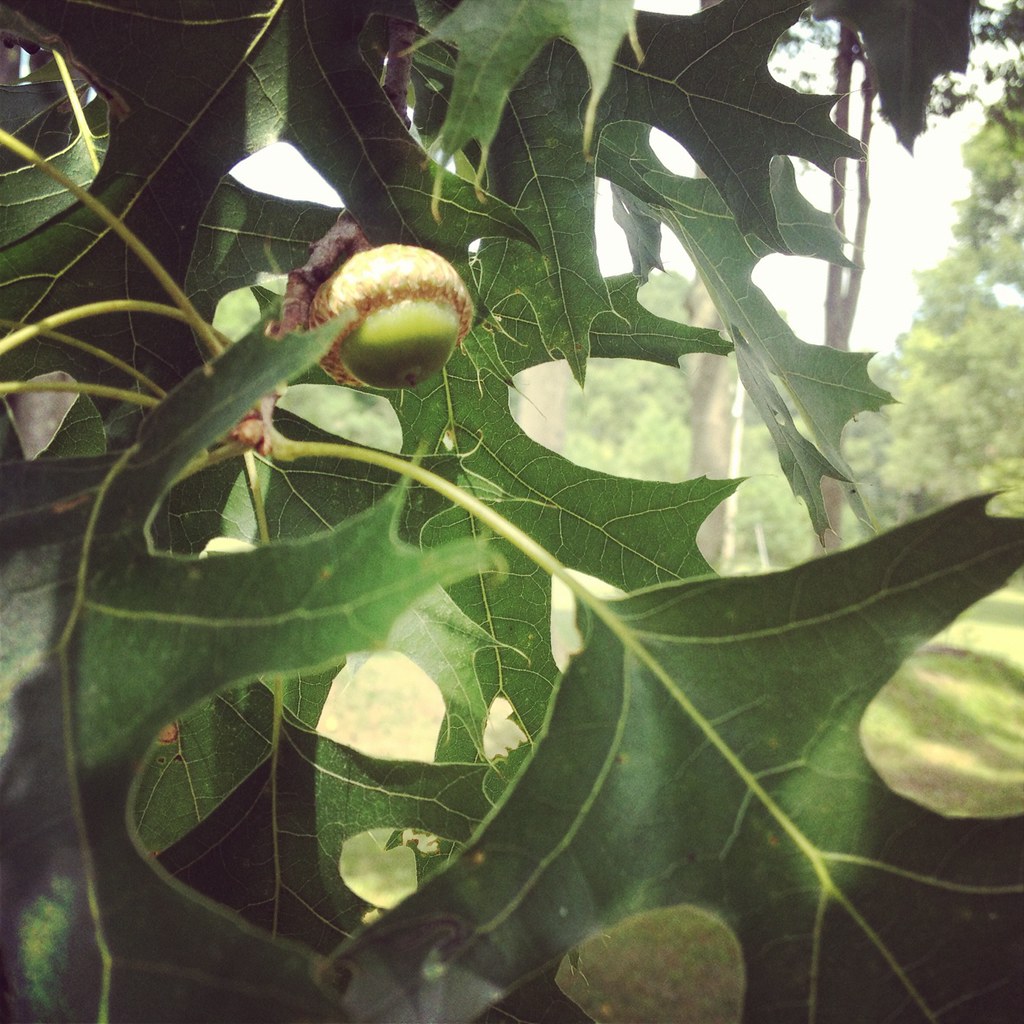
A green acorn nestled among the serrated leaves of a Red Oak tree represents an underappreciated edible plant part.
Processing Acorns for Consumption
After shelling, employ the cold-water leaching method for these particular nuts, soaking them until the water runs clear – it may take a few days, but perseverance pays off.
Nutritional Benefits and How to Use Them in Meals
Chock-full of proteins, fats, and carbohydrates, processed Red Oak acorns can nourish and energize. Use the flour for baking bread or mix in acorn pieces to hearty autumn stews.
Black Oak (Quercus velutina)
Unique Traits of Black Oak Acorns
The Black Oak’s acorns are in a league of their own with deep, robust flavors. Identifying this tree is easy with its telltale deeply lobed leaves and rugged bark2.
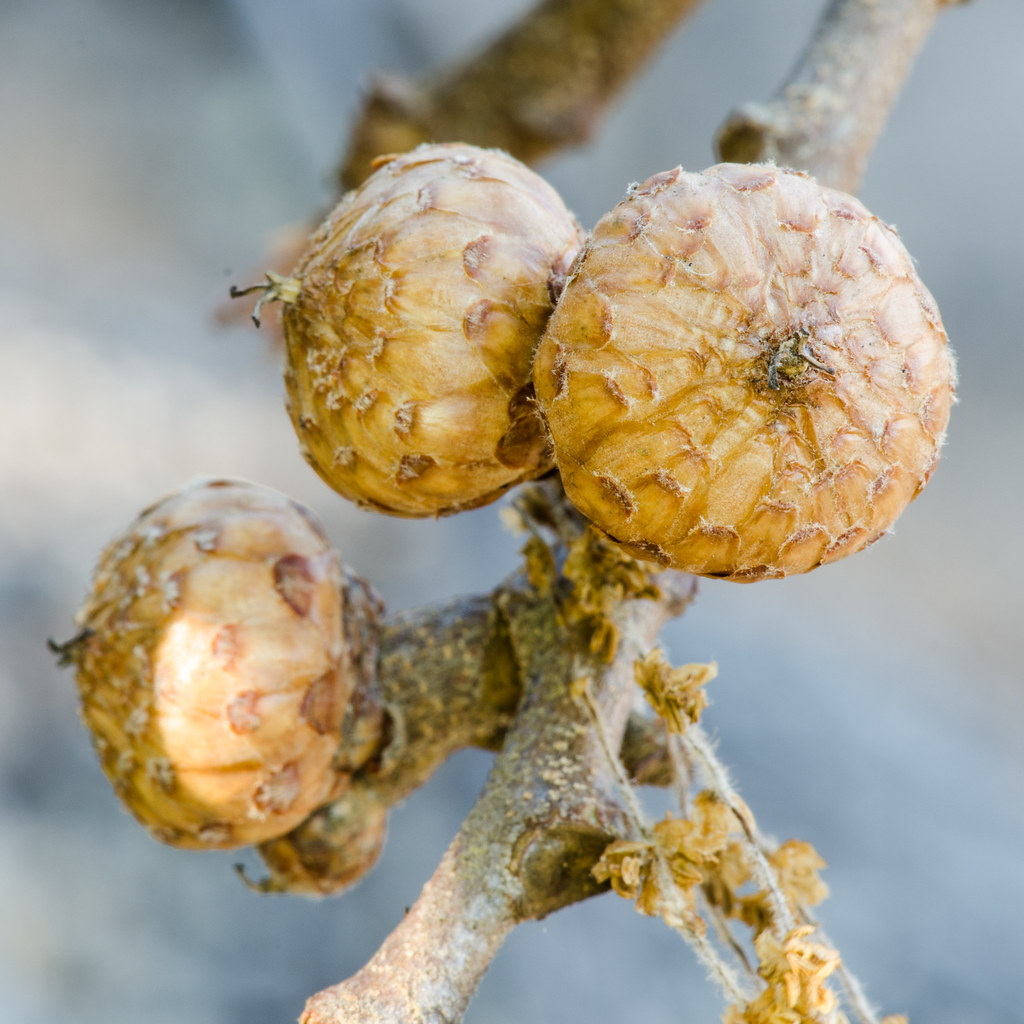
Cluster of Black Oak Acorns, a wild edible often overlooked for human consumption.
Tips for Correctly Processing the Acorns
Much like the Red Oak, use ample water to leach out the bitterness. Patience is your ally as you make this a lesson in the slow-food movement.
Creating Flour and Other Products from Acorns
Once processed, these nuts become a New World delicacy. Imagine your next batch of cookies with a twist: black oak acorn flour might just be your new secret ingredient.
Edible Flowers from Edible Landscaping
Imagine sprinkling bright nasturtiums or delicate violets atop your meals for a pop of color and a burst of flavor. Along with marigold-like calendulas, these are just a few flowers that can elevate the simplest dish to an artful creation while contributing health benefits with their antioxidant properties3.
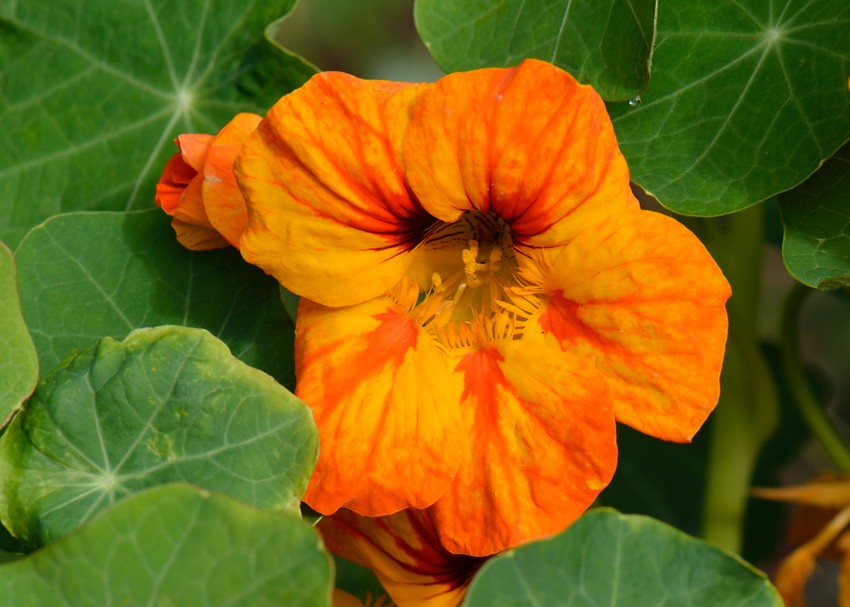
Nasturtiums offer a punch of color to any garden and their peppery-tasting flowers and leaves are edible delights.
Fruit-bearing Plants from Edible Landscaping
Not only do fruiting plants like berries and dwarf fruit trees adorn your garden with vibrant splashes of color, but they also gift juicy morsels straight to your table. With edible landscaping, every corner of your green space becomes a potential mini orchard3.
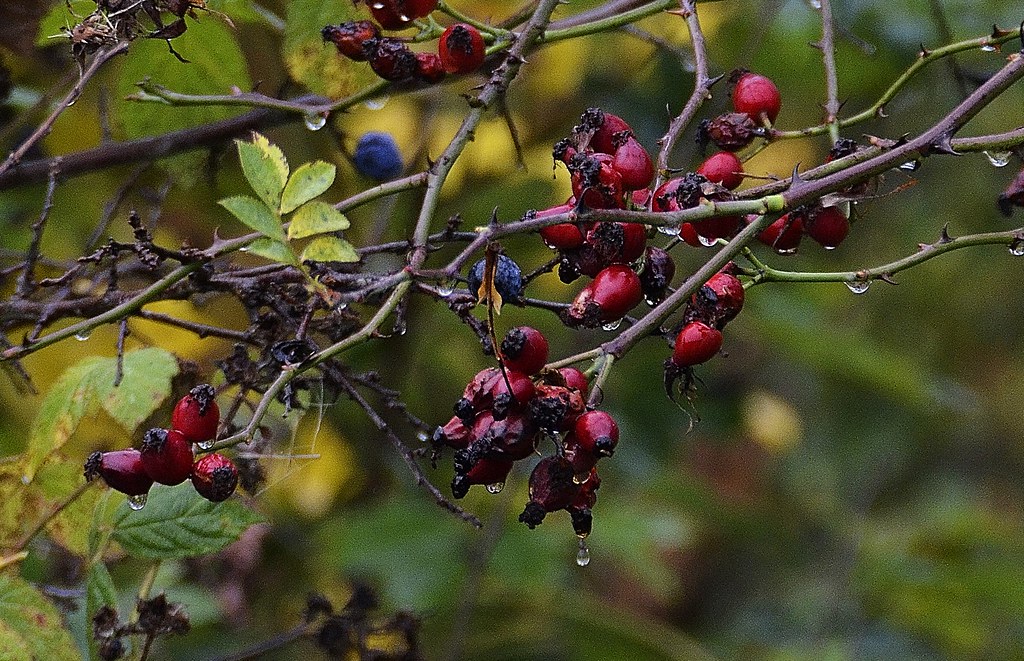
Red berries hang on the branches, wet with dew, offering an unexpected and edible delight for foragers.
Culinary Herbs from Edible Landscaping
Culinary herbs blend seamlessly into any garden design and offer up an assortment of fresh flavors. Basil, rosemary, and thyme can be snipped straight from the stem to impart vibrant, fresh flavors to your homemade fare3.
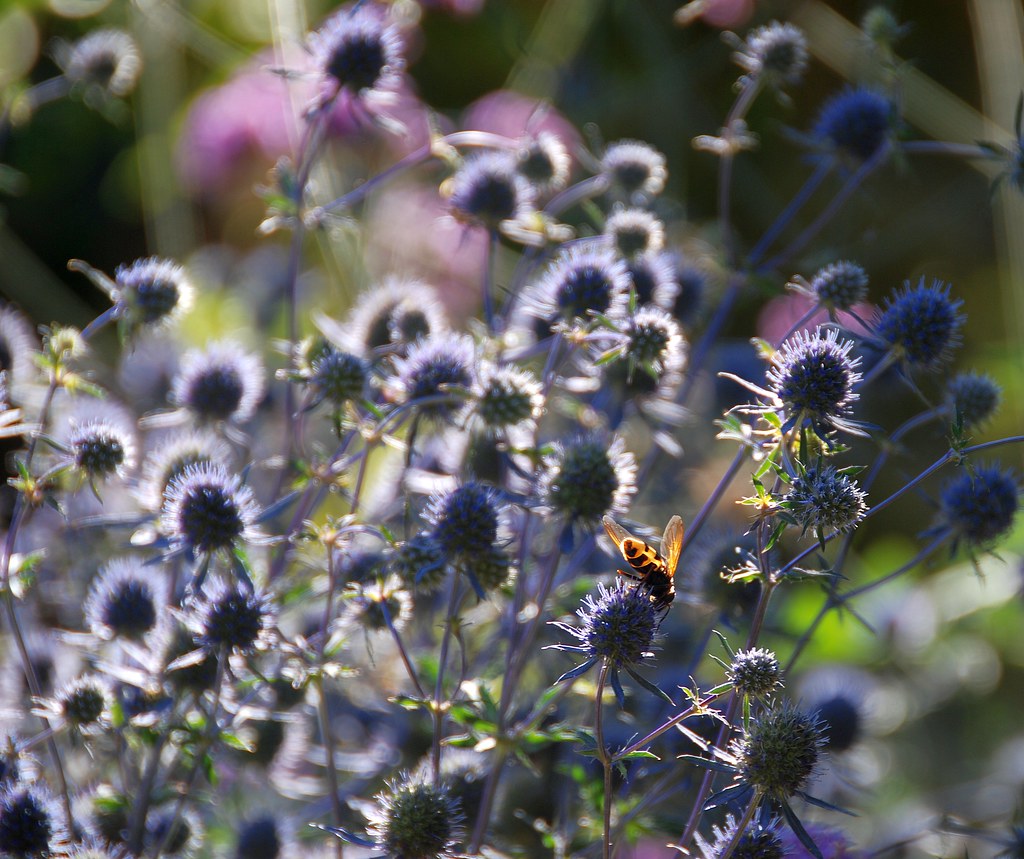
Eryngium planum, with its striking blue thistle-like flowers, offers a unique flavor and aesthetic to experimental culinary dishes.
In reveling in nature’s unassuming bounty, we find the joy of discovery, the thrill of taste, and the pleasures of sharing. As we enrich our diets with these earthy treasures, let’s also savor the connection we nurture with the world around us. Rediscover your backyard’s hidden edibles, and delight in the vast, open cookbook that is the great outdoors.
While exploring the world of edible plants can be an exciting and rewarding experience, it is crucial to exercise caution and informed judgment. Not all plants are safe for consumption, and misidentification can lead to serious health risks. Please consider the following precautions before foraging or consuming any wild plants:
- Plant Identification: Ensure accurate identification of plants before consumption. Use reputable field guides, apps, or consult with knowledgeable experts to avoid confusion with toxic look-alikes.
- Location Matters: Be mindful of where you forage. Plants in urban areas or areas sprayed with pesticides may not be safe for consumption. Avoid plants growing near roadsides or industrial sites.
- Allergic Reactions: Individuals may have allergies to certain plants. If you have known allergies, cross-check plant species to avoid adverse reactions.
- Preparation Methods: Some edible plants may contain compounds that are harmful if not prepared correctly. Research proper preparation methods and cooking techniques to eliminate toxins or undesirable substances.
- Quantity Matters: Even edible plants can be harmful in excessive amounts. Consume in moderation, especially if you are trying a new plant for the first time.
- Medical Conditions: If you have pre-existing medical conditions or are pregnant, consult with a healthcare professional before adding new plants to your diet.

Leave a Reply